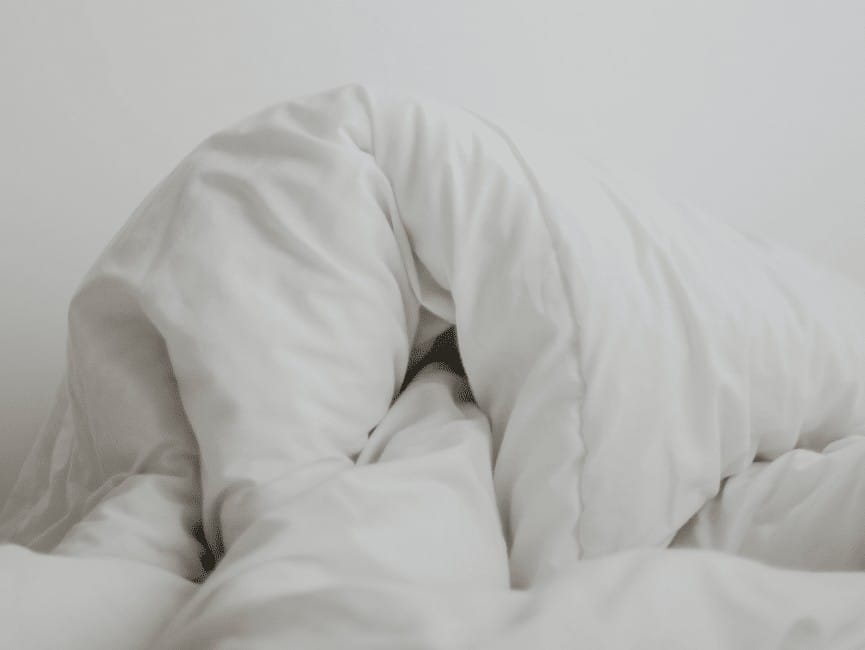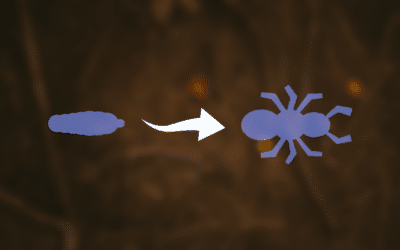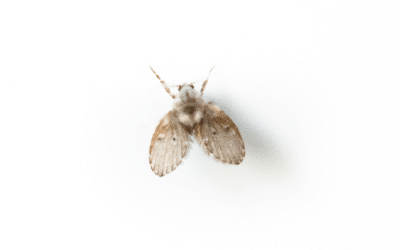Bed bugs are some of the more commonly feared pests that people want to avoid getting in their homes. When people hear the word bed bugs, it usually conjures up their appearance on bedsheets. Bed bugs can easily be transmitted from one place to another, which is why you have to make sure you are not bringing them into your home. Once you start seeing those little pests, then you need to seek out an expert for treatment.
How Do You Get Bed Bugs?
Bed bugs are commonly caught by visiting other bed bug-infested homes or places and using infested furniture or picking up and taking infested items. From there, they can hitch a ride on any product that you may have, or they might hitch a ride on you. It’s important to check your items and yourself when you come home.
Signs You Have Bed Bugs
Fortunately, if you think you might have bed bugs in your home, following are some signs to be on the lookout for.
- Itchy Bites: If you start noticing the appearance of marks on your body when you wake up, the chances are that you might have bed bugs. Bed bugs tend to be more active at night when you are sleeping. This means that they start feeding on you when you aren’t awake to experience it. That is why people usually only notice bed bug bites when they wake up. The bites themselves leave red and itchy marks, leading you to scratch them to ease the irritation constantly.
- Marks on Exposed Body Parts: If you fall asleep with garments that have exposed body parts, bed bugs will likely bite those exposed body parts. They like to feed on any warm part of the body that you have exposed. This is why many people tend to get their bites around their arms.
- Appear on your Bed: Of course, one of the most obvious signs you have bed bugs is actually seeing them on your bed. If you see them on your bed, or any of their exoskeletons they leave behind, then it’s time to take some action! You more than likely have many bed bugs living in that area now.
- Unpleasant Odor: Bed bugs secrete pheromones that humans can smell. The scent of these pheromones is often described as unpleasant and musky. Be on the lookout for any unknown smells in your home. This can be a warning sign that you have bed bugs living amongst you.
- Other Areas of the Room: Once you’ve noticed bed bugs on your bed, it is time to check out what other areas of the room they may be hiding in. Make sure to check your closets, drawers, and any other place they might hide in.
- Rust Colored Spots: One of the most common signs that you have bed bugs is the sudden appearance of rust-colored spots. These rust-colored sports are actually bloodstains that bed bugs leave behind after they’ve fed on you.
There are many different signs to look out for if you think you have bed bugs in your home. If you notice any of these signs, contact Meers Pest to control the possible infestation that is developing.
Preparation List Before a Technician Enters Your Residence
So, you now know that you have bed bugs on your property. What should you do? It is time to contact one of your local pest control experts to find a solution. This usually requires a bed bug technician to come into your home for treatment. There are some steps you have to take before they enter your home.
- You should remove any bedding and clothing piled up on the floors and put them in trash bags to make sure they don’t spread to any other home areas. From there, wash your clothes and bedding at the hottest water temperature that they can safely withstand. After that, dry them at the highest temperature that will not damage the fabric. Make sure to dry them at least 20 minutes before drying your regular laundry. Repeat this process for any other clothing and bedding that may have bed bugs.
- Pick up as many things as you can off of the floor, especially around the bed. The area around the bed might be home to some bed bugs.
- Make sure to vacuum your floor and curtains. Bed bugs can hide anywhere, especially on your floor or behind your curtains. Vacuuming those areas can physically remove bed bugs. Once you’ve finished vacuuming, take the vacuum bag outside and dump it in the trash bin. If your vacuum doesn’t have a bag, take the canister outside and dump out all of its contents into the trash. From there, wash the canister with a 50/50 mix of water and rubbing alcohol.
- Make sure to identify and know what areas of your home you’ve seen bed bugs in. This is helpful so that you can let the technician know what areas you want treated for bed bugs.
- Do not move any items from a bed bug-infested area of your home to a non-infested area. Bed bugs can be hiding out in those items, leading them to spread if you move them. Leave those items in the area that they are found.
- You may need to move out furniture if the technician deems it necessary.
Following the aforementioned steps ensures that your home is prepared for treatment by the bed bug technician.
Our 3 Prong Approach to Treatment
Here at Meers Pest Solutions, we tackle bed bug infestations with a 3 prong approach. The steps are as follows.
- Inspect: Bed bugs tend to be small and almost impossible to find. Fortunately, our technicians here at Meers Pest Solutions are trained to find any evidence of them being around. They will examine your entire home for any signs of bed bugs. They will also inspect any target areas and check out any cracks or crevices they might be hiding in. The inspection process usually starts in the bedroom and continues throughout the home, especially in and around any furniture.
- Implement: If, after the inspection, we detect an infestation of bed bugs in your home, then we will recommend a treatment plan based on how severe of an infestation it is. Our certified bed bug technicians will use the best, sustainable products to treat your bed bug problem. Some of our other implementation methods include using insecticides that target a bed bug’s life cycle stages.
- Eliminate: Our bed bug treatment process can take two to four applications over four to eight weeks, depending on the infestation severity. After the treatment process, we will follow up with your bed bug issue to see if they persist. Controlling bed bugs is quite a lengthy process. It is important to know where your bed bugs are coming from as our treatment process only eliminates bed bugs present at the time of treatment, not preventing them from appearing and infesting.
Conclusion
Bed bugs are an annoying pest to handle. Identifying and eliminating the source of their infestation is the key to a bedbug-free environment. Here at Meers Pest Solutions will work to handle your bed bug issue in the best way possible.




